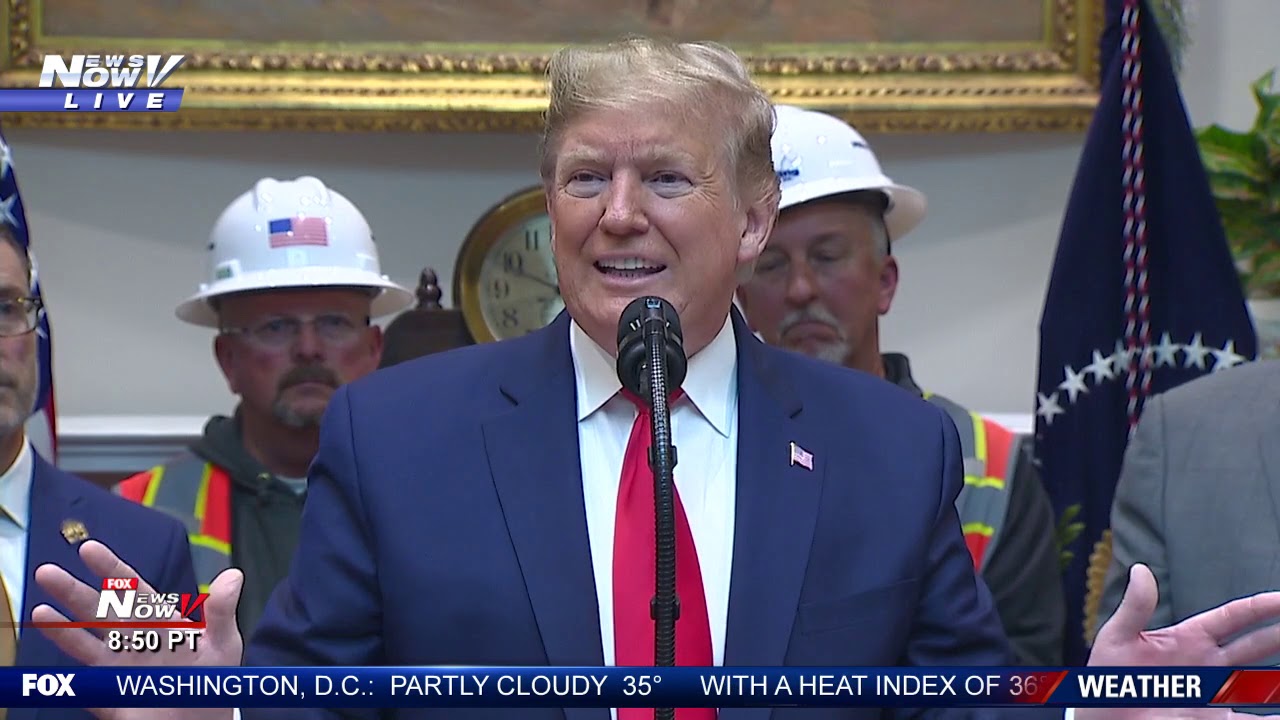
[embedded content]
Ukraine International Airlines Flight 752 was undeniably shot down by the SA-15 anti-aircraft air defense system operated by Iran’s Islamic Revolutionary Guard Corps Aerospace Division on Wednesday January 8 just after its departure from Tehran’s Imam Khomeini International Airport, whether by mistake or not, according to a report published Thursday by The New York Times.
The plane immediately ceased data transmissions and dropped off the radar approximately two minutes after it departed for Kyiv’s Boryspil International Airport, according to Flightradar 24. All 176 people aboard the aircraft, including nine crew members, perished in the crash.
‘);
_avp.push({ tagid: article_top_ad_tagid, alias: ‘/’, type: ‘banner’, zid: ThisAdID, pid: 16, onscroll: 0 });
US President Donald Trump told reporters in response to a question at a news briefing on Thursday that it “could have happened accidentally.”
An American official told The New York Times that two missiles fired from the SA-15 air defense system shot down the Ukrainian passenger plane, a Boeing 737-800. Officials were able to determine that with certainty by combining two different types of data gathering systems:
1. US intelligence agencies intercepted Iranian communications confirming the SA-15 air defense system brought down the plane, officials said.
2. The SA-15 launch was picked up by the Space-Based Infrared System infrared satellite network of the US Armed Forces, which can track the launch and flight path of the full range of ballistic missiles as well as the launch of air defense and other missile systems.
The impact of the missile hitting the plane was picked up by a security camera, according to an Iranian journalist who tweeted a brief video clip of the impact. “First the predawn darkness, then a series of blinding bursts of light in the distance followed by an explosion of burning debris in the foreground.”
ویدئوی دوربین مدار بسته از سقوط #هواپیمای_اوکراینی که منجر به جان باختن ۱۷۶ مسافر و خدمه پرواز شد. pic.twitter.com/AEiM3ZrY3C
— شبکه راوی (@raavionline) January 8, 2020
Ukraine is negotiating with Iran to allow investigators to search the crash site for rocket fragments. Investigators are also following up on reports that fragments of a Tor M-1 surface-to-air missile (SA-15 is the NATO designation of Tor M-1) were found at the site where the plane came down, in addition to reviewing eyewitness accounts and video evidence produced by satellite and other sensors. The US National Transportation Safety Board has been invited to join the investigation, according to The New York Times, despite the insistence of Iranian officials that Americans are unwelcome.
Trump told reporters he did not believe the plane crashed due to “mechanical failure,” as the Iranians are trying to make everyone believe.
“Well, I have my suspicions,” he said. “I don’t want to say that . . . because other people have those suspicions also. It’s a tragic thing when I see that. It’s a tragic thing. But somebody could have made a mistake on the other side. Could have made a mistake. Not our system. It had nothing to do with us. It was flying in a pretty rough neighborhood and somebody could have made a mistake,” he said.
“Some people say it was mechanical. I personally don’t think that’s even a question. We’ll see what happens. I don’t know. I really don’t know….I have a feeling . . . something very terrible happened. Very devastating,” he said.
The discovery of fragments of a Tor M-1 missile near the crash site was confirmed by Ukraine Security Council Secretary Oleksiy Danylov, who parsed his words carefully, saying in a statement that contact with a Tor M-1 system was “among the potential causes” for the plane’s destruction that his country was looking into.
Danylov added that a collision with a UAV (unmanned aerial vehicle, or drone), another flying object, a technical malfunction or a terrorist attack were also possible causes for the plane’s destruction.
The Pentagon told Newsweek it is believed the incident was accidental; the country’s anti-aircraft systems were probably active after having attacked American forces in Iraq just a few hours prior.
Iran’s Civil Aviation Organization Chief Executive Ali Abedzadeh, however, dismissed the possibility that a missile could have taken down the aircraft, saying in a statement Thursday that it was “scientifically impossible and such rumors make no sense at all.” He also refused to allow Boeing and US investigators to have any access to the flight data recorders, or black boxes.
Iran Refuses to Allow Boeing, US Access to Black Boxes in Ukraine Airlines Crash
Canada’s Foreign Minister, Francois-Philippe Champagne, spoke with his Iranian counterpart, Javad Zarif to stress the need for Canadian officials to be “quickly granted access to Iran to provide consular services, help with identification of the deceased and take part in the investigation of the crash.” He added that “Canada and Canadians have many questions which will need to be answered.”
Canada and Sweden were both also invited to participate in the investigation.
‘);
_avp.push({ tagid: article_top_ad_tagid, alias: ‘/’, type: ‘banner’, zid: ThisAdID, pid: 16, onscroll: 10 });



